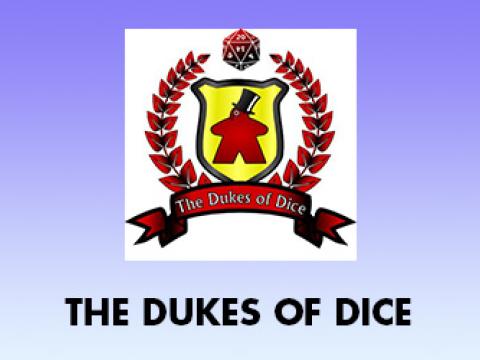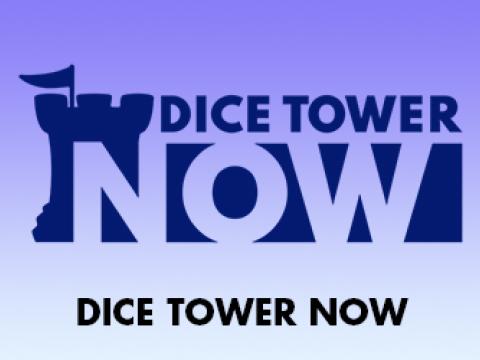
This episode, the Tokyo Spring Game Market is in full swing, Reiner Knizia has a magical point salad game, Fantasia announces a Sigmond Freud just for your mother, and plants take over Botanik and Verdant.
TOP STORIES (02:52)
- Venom coming to Marvel Champions LCG
- Day & Night from Piatnik and Andrea Mezzoterra
- American Tabletop Award Winners
- Vengeance: Roll and Fight from Mighty Boards
- Whitechapel downloadable Dear Old Boss rule
- Jodhpur Botanik 2-player tile game from Space Cowboys
- Ares Games to publish and distribute for Ergo Ludo Editions
- Unconscious Mind announced from Fantasia Games
- Kroma lights up from Breaking Games
- Witchstone, a new Reiner Knizia game from HUCH! And RnR
- Houseplant growing game Verdant from Flatout Games
- La Granja Deluxe Edition announced at Board and Dice Con
- Tuned, next “Made in Wonderland” game, coming from Thundergryph Games
KICKSTARTERS (12:45)
- Foundation
- Mythic Battles: Ragnarok
- John Company: Second Edition
- Lasting Tales
- AuZtralia Bix Box, Revenge of the Old Ones, TaZmania
- Sentinels of the Multiverse: Definitive Edition
NEW & UPCOMING RELEASES (18:11)
- The Initiative
- Lions of Lydia
- Aquatica: Cold Waters Expansion
- Munchkin Critical Role
- Cryo
THE BOARD ROOM (21:34)
- Barry discusses the art of negotiation.
CONNECT
- Follow our curated Twitter newsfeed @DiceTowerNow.
- Dig in with Corey at DiceTowerDish.com.
- Have a look-see at Barry’s wares at BrightBearLaser.com.
- Check out the Tabletop Game Talk podcast with Chris and Kitty.


